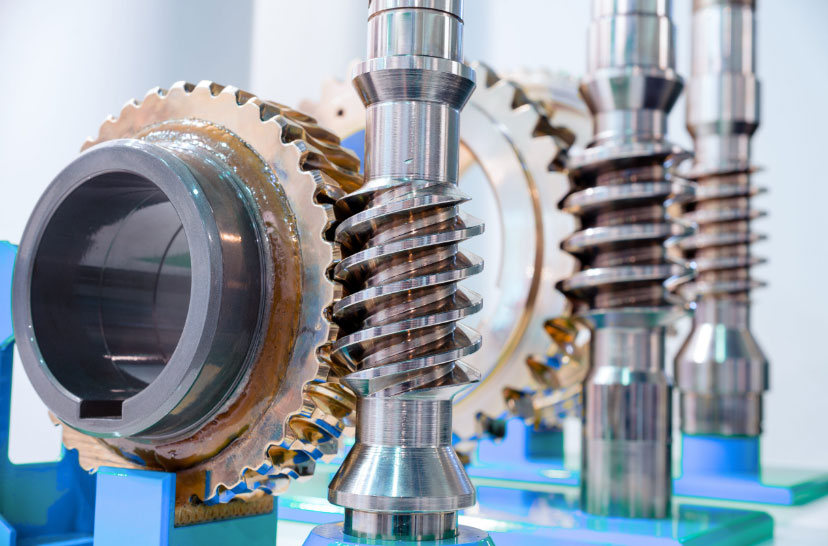
Addressing noise and vibration in custom worm gear applications is essential for ensuring smooth and efficient gear operation, reducing wear, and enhancing the overall performance and reliability of the system. Here are some strategies to minimize noise and vibration in custom worm gear applications:
1. Gear Material and Design:
- Selecting high-quality materials with excellent damping properties can help absorb vibrations and reduce noise generation.
- Use precision manufacturing techniques to achieve accurate tooth profiles, which ensures smooth meshing and reduces gear noise.
2. Lubrication:
- Proper lubrication is crucial for reducing friction and wear, which can contribute to noise and vibration.
- Select lubricants with good film strength and noise-dampening properties. Lubricants with high viscosity can also help dampen vibrations.
3. Backlash Control:
- Minimize backlash in the gear system to reduce impact forces during meshing, which can lead to noise and vibration.
- Implement preload mechanisms or use low-backlash designs to achieve precise motion control.
4. Tooth Profile Optimization:
- Carefully design the tooth profile to ensure smooth tooth engagement and minimize sliding friction, which can reduce noise and vibration.
5. Gear Geometry and Tolerance:
- Ensure proper gear geometry and tight manufacturing tolerances to minimize deviations and alignment issues that can lead to noise and vibration.
6. Surface Finishing:
- Employ surface finishing techniques, such as polishing or superfinishing, to achieve smoother gear surfaces, reducing friction and noise.
7. Mounting and Support:
- Properly mount and support the gear system to reduce vibration transmission to the surrounding structure.
8. Dynamic Analysis and Simulation:
- Use advanced simulation tools, such as Finite Element Analysis (FEA) or Multi-Body Dynamics (MBD), to analyze gear behavior under different loads and operating conditions. This can help identify potential noise and vibration issues early in the design phase.
9. Noise Damping Materials:
- Use noise-damping materials, such as elastomers or isolators, in the gear housing or mounting points to reduce vibration transmission.
10. Gearing Configuration:
- Consider alternative gearing configurations, such as double enveloping worm gears or multiple-start worm gears, which can offer smoother motion and reduce vibration.
11. Test and Validation:
- Conduct thorough testing and validation of the gear system to identify any noise or vibration issues and make necessary adjustments.
By implementing these strategies and conducting comprehensive testing, engineers can effectively address noise and vibration in custom worm gear applications. This ensures quieter and more stable gear operation, prolongs the gear’s lifespan, and enhances the overall performance and user experience in a wide range of industrial, automotive, and aerospace applications.
